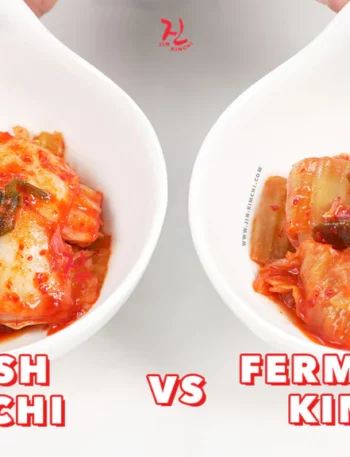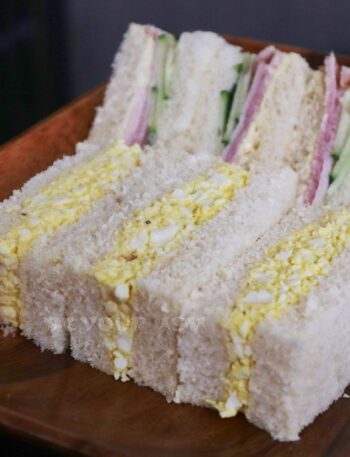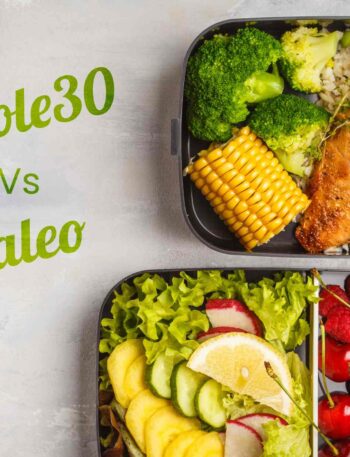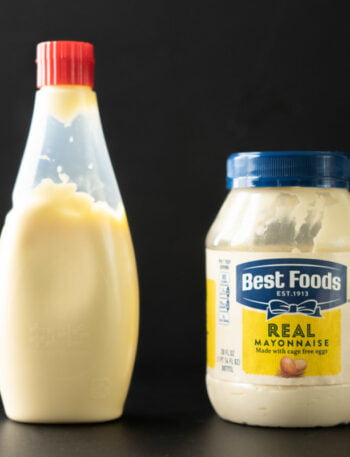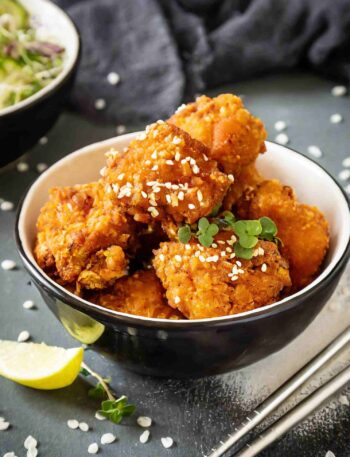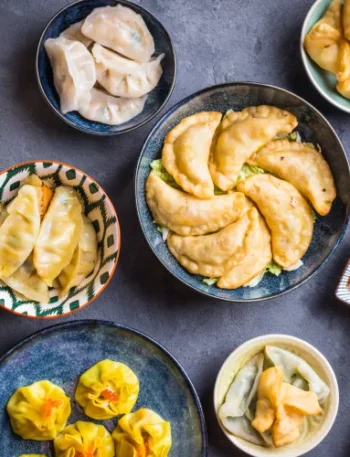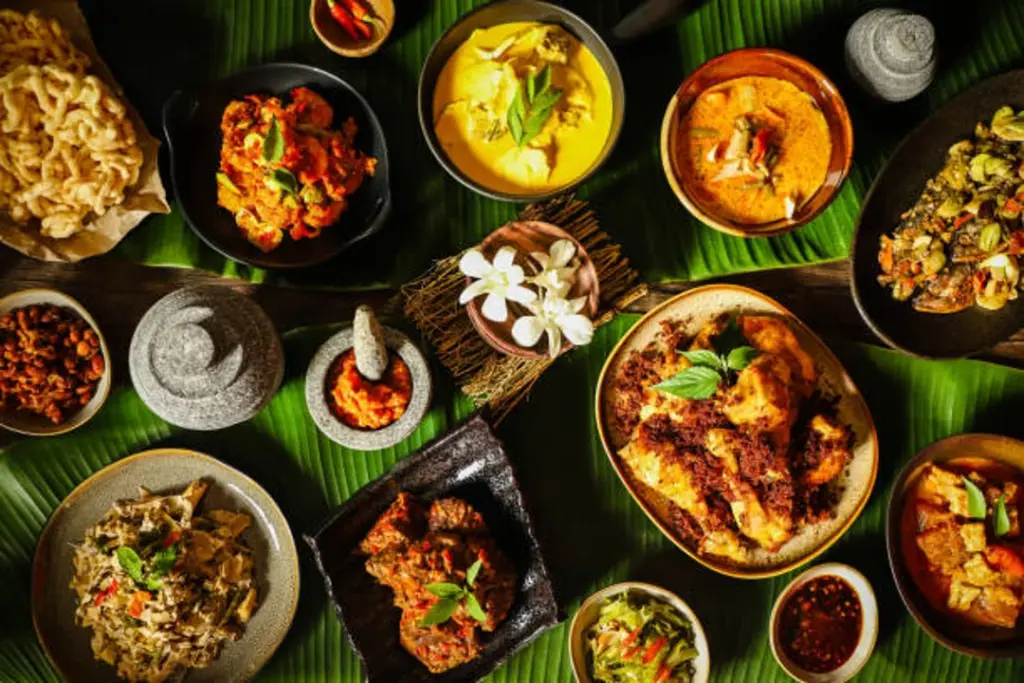
They say, “If you want to live long, don’t stir the rice before it’s cooked.” And yet here we are—tinkering with supplements, jumping on every Silicon Valley biohack, and obsessing over overpriced kale when the real deal might’ve been simmering under our noses this whole time.
Buried deep in the smoky kitchens of Southeast Asia, especially in the rural folds of Northern Thailand and parts of Laos, there’s a dish locals don’t romanticize—they just eat it. It’s not Instagrammable. It’s not trending on TikTok.
And it damn sure won’t come in a powdered form with a $90 price tag. It’s called Khao Tom Mad—a sticky rice banana parcel steamed inside a banana leaf, usually eaten as breakfast or a humble snack.
Sounds innocent? Yeah, until you realize what it actually does.
We’re talking about a dish made of fermented rice and banana—two things the West mostly forgot about in their war against carbs.
But in the East? This combo has quietly kept generations sharp, strong, and weirdly… calm. Not wired like double-shot espresso warriors. Grounded.
And here’s where it gets wild. Modern researchers have started paying attention—not because of its flavor profile (though that’s a bonus), but because this simple wrapped-up meal might be tapping into three major longevity levers: gut health, metabolic balance, and stress resilience. All without tasting like chalk or requiring a PhD to pronounce the ingredients.
Let’s peel it back. The sticky rice, when fermented, becomes a prebiotic playground. We’re not talking about generic “fiber is good” nonsense. We’re talking real gut flora support that influences brain chemicals, mood, and even sleep.
One bite, and you’re basically feeding your internal jungle—the good kind. The banana? Not just a sweet filler. It’s a potassium punch, sure, but in its lightly ripened or even fermented form, it actually supports serotonin production.
That’s why your grandma didn’t need Xanax—she had this.
And then there’s the banana leaf. Most folks toss it off as just “natural packaging,” but it subtly infuses polyphenols into the food when steamed.
These compounds are anti-inflammatory ninjas. Think of it like nature adding a secret layer of defense—like putting armor on your rice without anyone noticing.
Somewhere between the worn-out temple kitchens and the roadside stalls, this dish became background noise. Maybe because it was too ordinary. Too… everyday.
But maybe that’s the point. Maybe the secret to long life isn’t in rare Himalayan mushrooms or synthetically aged wine extracts—it’s in the consistency.
The ritual. The kind of food that doesn’t scream for attention but shows up, every damn day, like that quiet old man in the village who still rides a bicycle at 90 and remembers everyone’s name.
The West tends to obsess over novelty. We like our health discoveries shiny and exclusive. But in Asia, particularly in older farming communities, longevity is often a quiet result of repetition and simplicity—of meals eaten slowly, made with hands, wrapped in leaves, and shared.
Khao Tom Mad isn’t sexy. It won’t make your feed go viral. But it might just be the meal that keeps the elders not just alive—but alive and kicking.
Still tending to their gardens, still gossiping under the mango trees, still laughing with half their teeth missing. And not once checking a glucose monitor.
If food is medicine, then this dish isn’t a pill. It’s a rhythm.
“Longevity doesn’t scream. It whispers in steam, in patience, and in banana leaves.”
So next time you walk past a forgotten food cart steaming up a quiet corner, stop. Listen. There might be more wisdom in that bundle than in your entire supplement cabinet.



